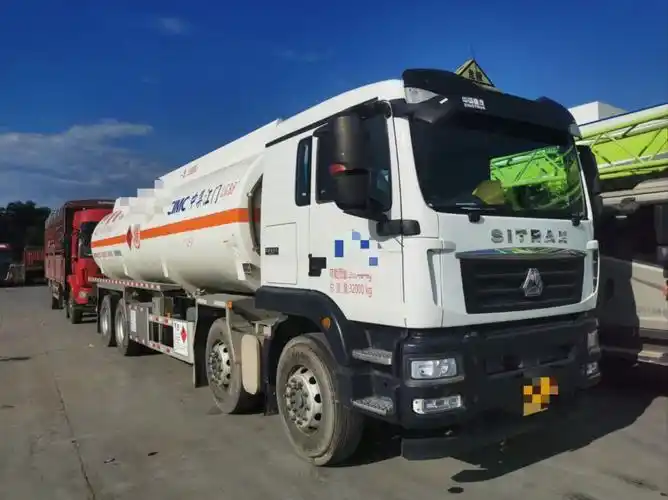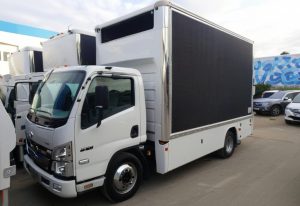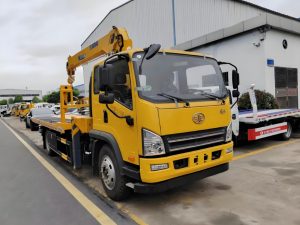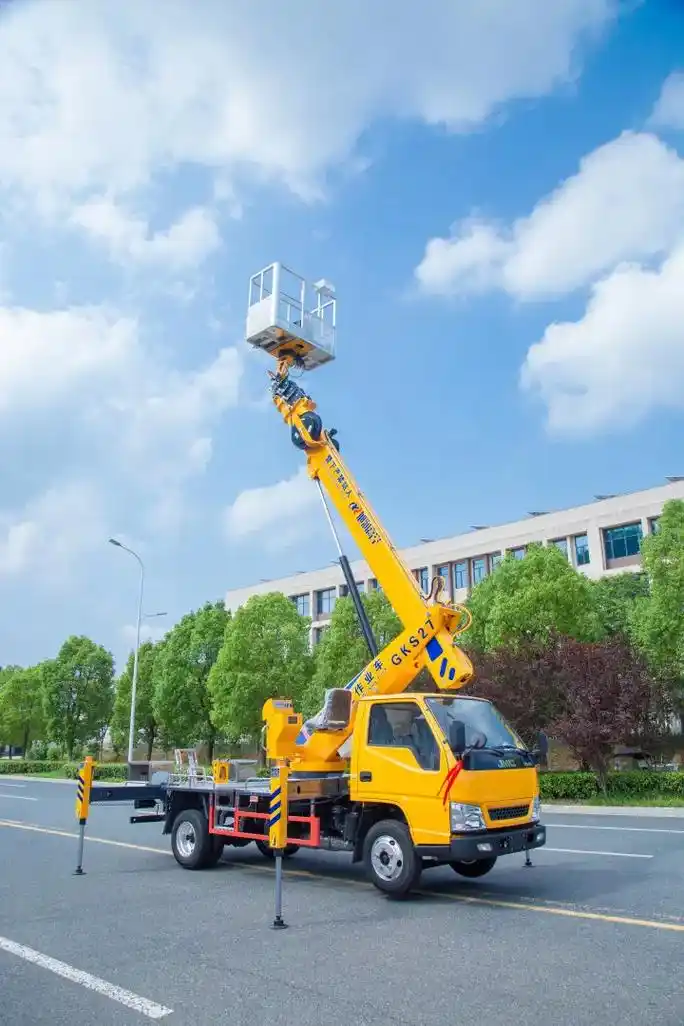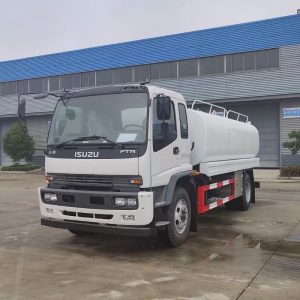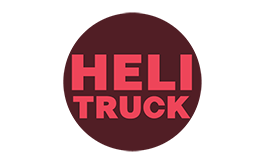Table of Contents
ToggleIn today’s fast-paced digital age, businesses are constantly seeking innovative ways to capture attention and stand out in crowded markets. Traditional billboards, print ads, and even online campaigns sometimes struggle to break through the noise. Enter the LED advertising truck—a dynamic, mobile marketing solution that combines cutting-edge technology with unmatched flexibility. This article explores how LED advertising trucks are transforming outdoor advertising, their benefits for businesses, and why they are becoming a cornerstone of modern marketing strategies.
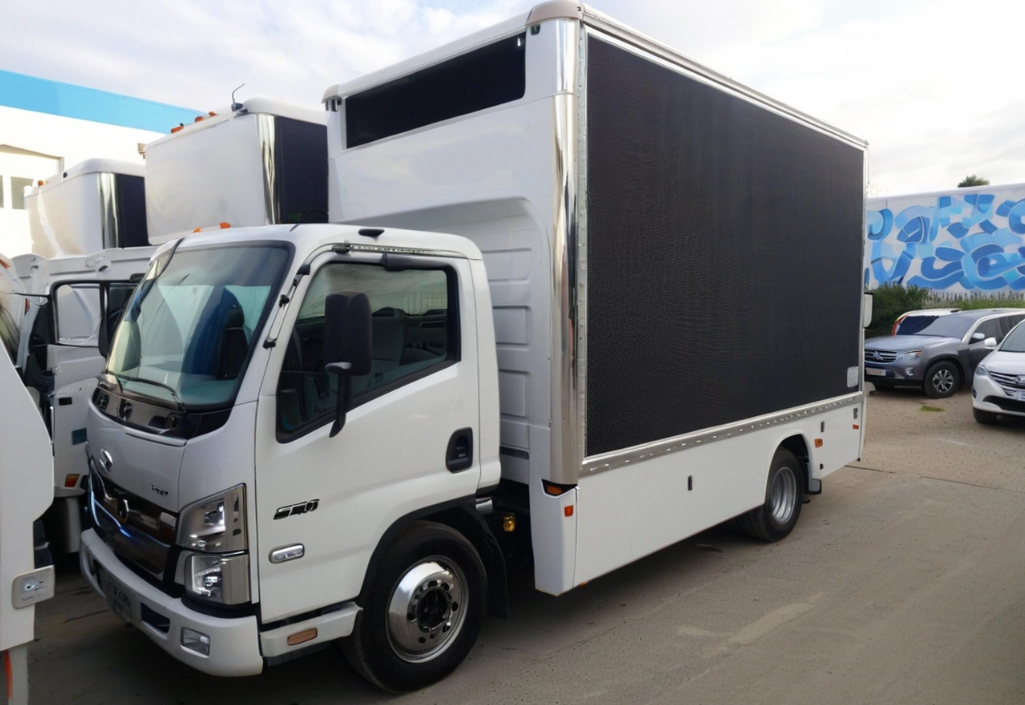
What Is an LED Advertising Truck?
An LED advertising truck is a vehicle equipped with high-resolution LED screens mounted on its sides or rear. These screens display vibrant, eye-catching content such as videos, animations, static images, and text. Unlike static billboards, these trucks are mobile, allowing brands to take their message directly to target audiences in high-traffic areas like city centers, events, shopping districts, or even residential neighborhoods.
The technology behind LED screens ensures content remains visible in various lighting conditions, including bright sunlight or nighttime. With remote content management systems, advertisers can update messages in real time, making campaigns agile and responsive to changing marketing needs.
Why LED Advertising Trucks Are Gaining Popularity
The global outdoor advertising market is projected to grow significantly, driven by advancements in digital technology. LED advertising trucks, in particular, are rising in demand due to their unique advantages:
- Unmatched Visibility and Engagement
LED screens produce bright, high-contrast visuals that naturally draw attention. Human brains process visuals 60,000 times faster than text, making moving images on LED trucks far more engaging than traditional ads. Whether parked at a busy intersection or driving through a festival, these trucks command attention and leave lasting impressions. - Geo-Targeting Capabilities
Unlike fixed billboards, LED trucks enable hyper-localized advertising. Businesses can deploy them to specific neighborhoods, events, or competitor locations to maximize relevance. For example, a restaurant opening in a new area can use an LED truck to loop promotional videos near similar dining establishments or shopping hubs. - Cost-Effectiveness
Renting billboard space or investing in long-term ad placements can be prohibitively expensive, especially for small businesses. LED trucks offer a flexible alternative: companies pay only for the duration of the campaign, with no long-term contracts. Additionally, the ability to reuse and repurpose content across multiple locations reduces production costs over time. - Real-Time Adaptability
Imagine launching a flash sale or promoting a last-minute event. With LED trucks, marketers can update content instantly via cloud-based software. This agility is invaluable for time-sensitive promotions, weather-related messaging (e.g., “Stay cool with our iced drinks!” on a hot day), or reacting to trending topics. - Eco-Friendly Advertising
Modern LED screens consume less energy than traditional lighting systems, and their long lifespan minimizes waste. By replacing paper-based billboards or vinyl wraps, businesses can reduce their environmental footprint while maintaining high-impact visibility.
Industries Leveraging LED Advertising Trucks
From startups to multinational corporations, diverse sectors are harnessing the power of LED trucks:
- Retail and E-Commerce
Brands like Amazon and local boutiques alike use LED trucks to showcase products, announce sales, or drive foot traffic to stores. During holiday seasons, these trucks become mobile catalogs, displaying gift ideas in high-footfall areas. - Entertainment and Events
Movie studios, concert organizers, and sports teams deploy LED trucks to build hype. A truck parked outside a stadium can stream highlights, ticket information, or sponsor messages, creating a festive atmosphere. - Real Estate
Property developers use LED screens to display 3D renderings, virtual tours, or open-house details. Driving through affluent neighborhoods, these trucks target potential buyers directly. - Political Campaigns
Candidates utilize LED trucks for rallies, voter outreach, and broadcasting policy messages. The mobility ensures visibility in key electoral districts. - Public Service Announcements
Governments and NGOs employ LED trucks for disaster alerts, health campaigns (e.g., vaccination drives), or community outreach programs.
How to Maximize ROI with LED Advertising Trucks
To ensure campaigns deliver results, consider these best practices:
- Craft Compelling Content
High-quality visuals and concise messaging are critical. Use bold colors, minimal text, and clear calls to action (e.g., “Visit us today!”). Incorporate motion to highlight key points—for instance, a countdown timer for limited-time offers. - Strategic Route Planning
Identify high-traffic zones where your target audience congregates. Partner with operators who understand local regulations and peak hours. For event marketing, coordinate with organizers to secure prime parking spots. - Measure Performance
Use GPS tracking to monitor routes and dwell times. Combine this data with sales metrics, website traffic spikes, or social media engagement to assess impact. A/B testing different creatives or locations can further refine campaigns. - Integrate with Digital Campaigns
Sync LED truck content with social media posts, email newsletters, or QR code promotions. For example, display a hashtag on the truck and encourage users to share photos for a chance to win prizes.
Challenges and Considerations
While LED trucks offer numerous benefits, success depends on addressing potential hurdles:
- Regulatory Compliance
Some cities restrict mobile advertising or require permits. Always verify local laws regarding noise, parking, and screen brightness. - Weather Dependency
Extreme conditions like heavy rain or snow might limit operations. Opt for weather-resistant screens and plan campaigns around seasonal trends. - Content Fatigue
Repeatedly displaying the same ad in the same area can lead to audience burnout. Rotate creatives frequently and avoid overly lengthy loops.
The Future of LED Advertising Trucks
As technology evolves, expect these trends to shape the industry:
- Interactive Displays
Integration with augmented reality (AR) or touchscreens could allow pedestrians to engage with ads in real time—for example, playing games or browsing products. - Programmatic Advertising
Automated platforms might enable real-time bidding for ad space on LED trucks, similar to digital billboards. - Sustainability Innovations
Solar-powered LED trucks and recyclable materials will align with growing consumer demand for eco-conscious brands.
Conclusion
LED advertising trucks represent a fusion of creativity, technology, and strategic marketing. Their ability to deliver dynamic content to precise locations at precise times makes them indispensable in a world where consumer attention is fleeting. For businesses aiming to boost brand awareness, drive conversions, or outmaneuver competitors, investing in LED truck campaigns offers a measurable edge.
By staying ahead of trends, optimizing content, and leveraging data-driven insights, advertisers can unlock the full potential of this mobile medium. As urban landscapes grow more competitive, the LED advertising truck isn’t just a tool—it’s a transformative force in outdoor marketing.

